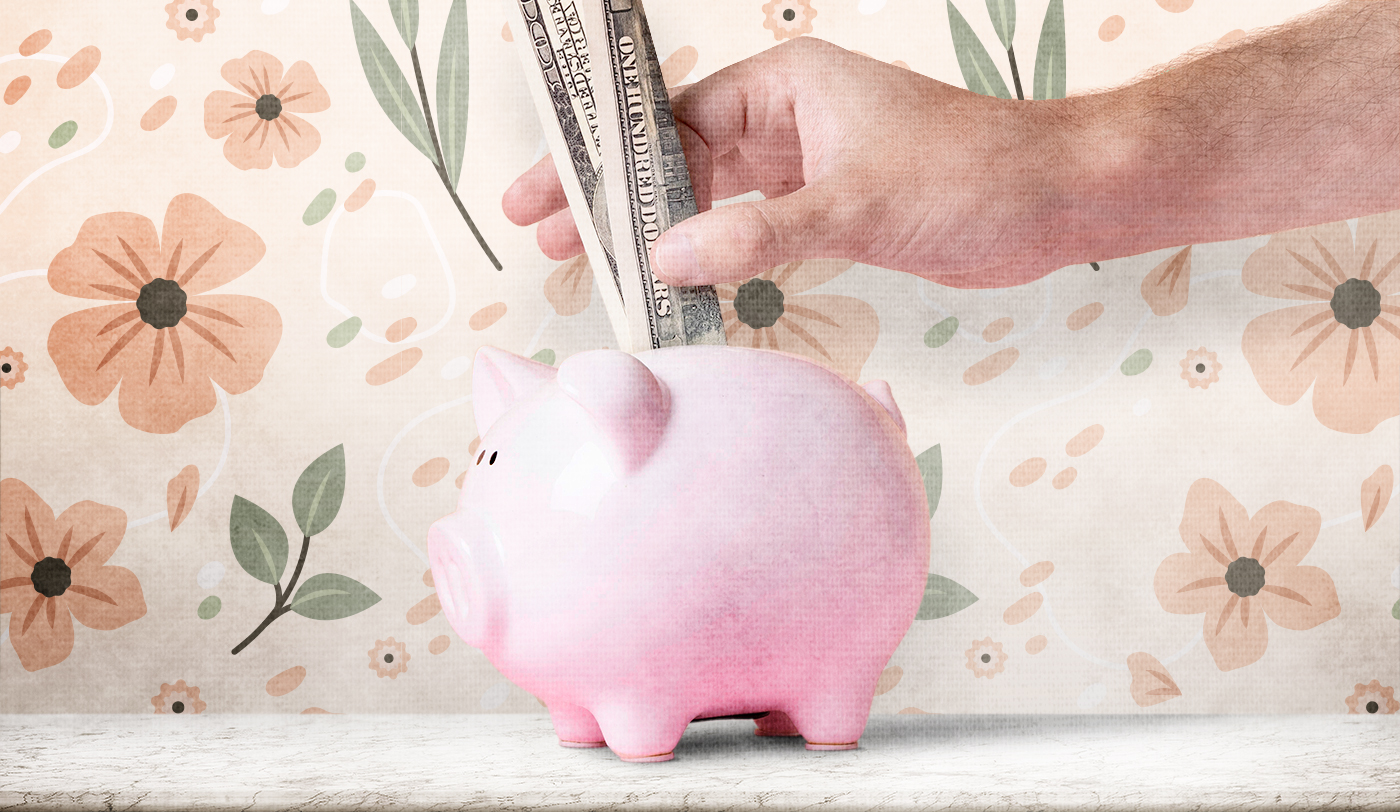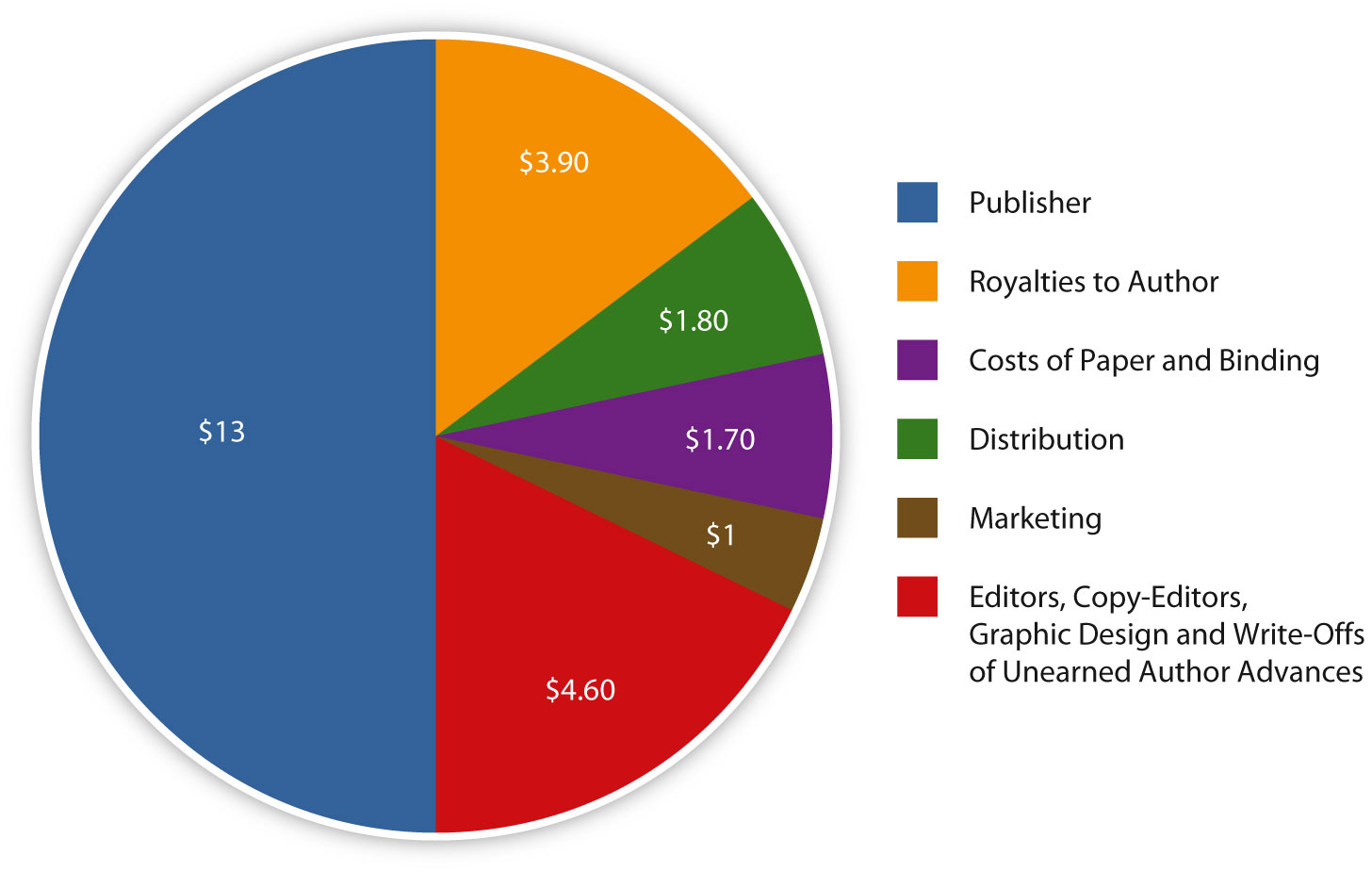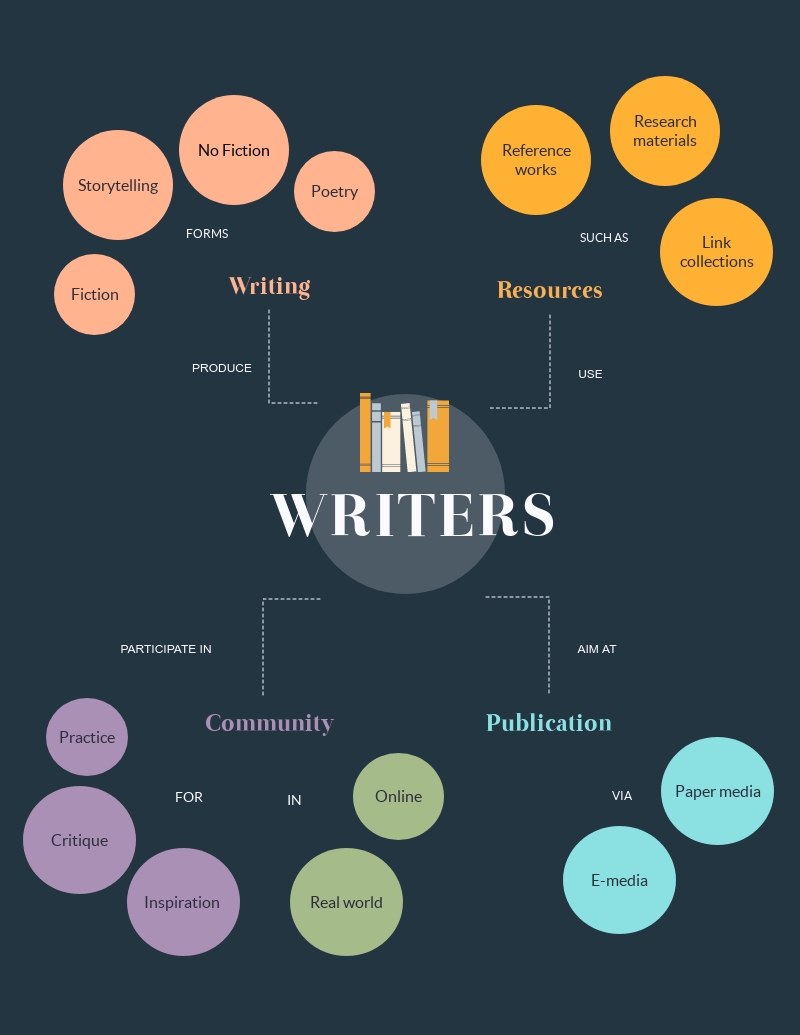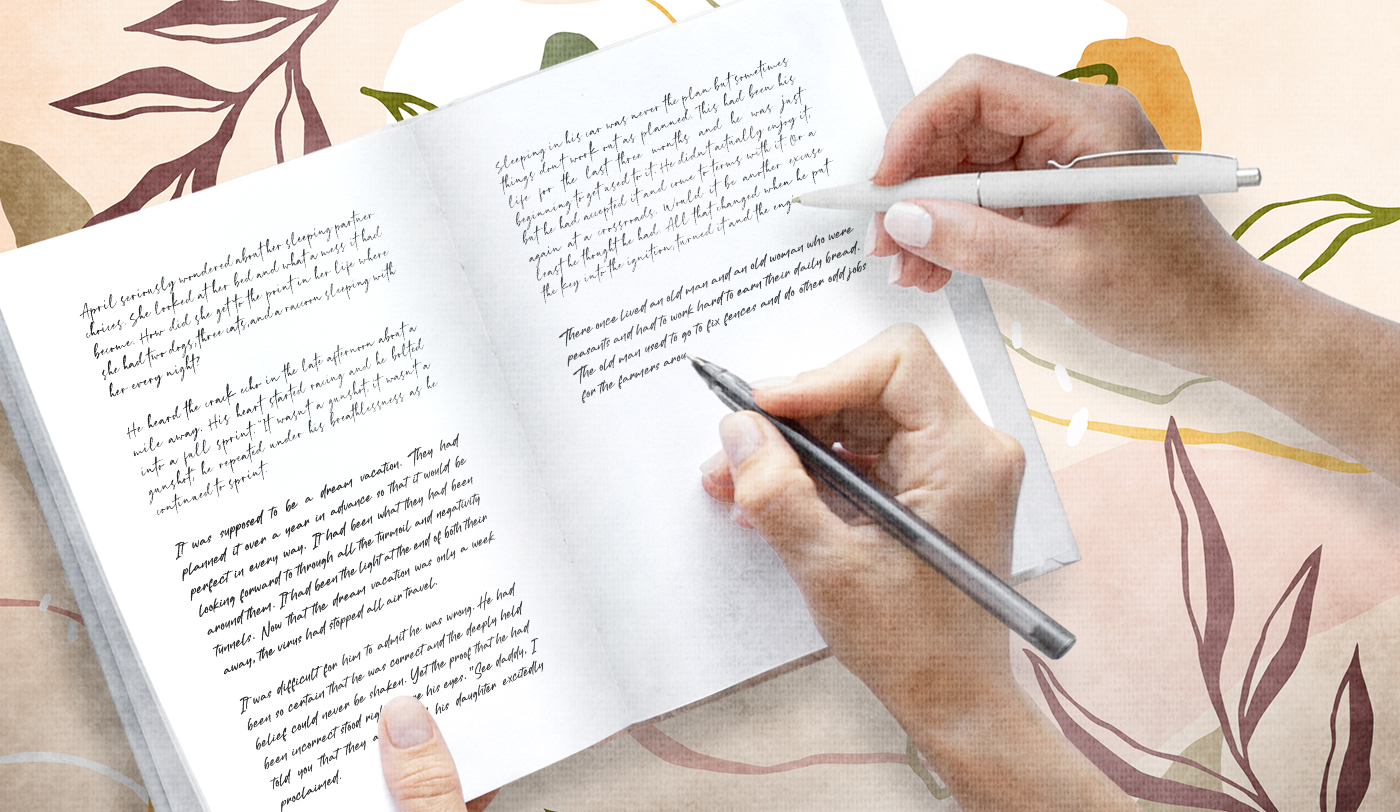How to Navigate the Complex World of Book Sales and Royalties
The world of book publishing is a complex and multifaceted industry, with many factors influencing an author’s financial success. One of the most critical aspects of publishing is understanding the percentage of royalties authors receive from book sales. This knowledge is crucial for authors to make informed decisions about their publishing options and to ensure their financial success. However, the publishing industry is often shrouded in mystery, making it difficult for authors to navigate the complex world of book sales and royalties.
Authors who understand what percentage they can expect to receive from book sales are better equipped to make informed decisions about their publishing options. For instance, authors who self-publish their work can expect to receive up to 70% of the net sales price for e-books sold through online retailers like Amazon Kindle Direct Publishing. On the other hand, authors who traditionally publish their work may receive a lower percentage of royalties, typically ranging from 10% to 15% of the net sales price.
Despite the importance of understanding book royalties, many authors are left in the dark about the specifics of their publishing contracts. This lack of transparency can lead to authors missing out on potential earnings and making uninformed decisions about their publishing options. As the publishing industry continues to evolve, it is essential for authors to take control of their financial success and make informed decisions about their publishing options.
Traditional Publishing vs Self-Publishing: What’s the Difference in Royalties?
When it comes to publishing a book, authors have two main options: traditional publishing and self-publishing. While both options have their pros and cons, one of the key differences lies in the royalty rates and payment structures. Understanding these differences is crucial for authors to make informed decisions about their publishing options and to maximize their book’s royalty potential.
Traditional publishing typically involves working with a publishing house, which handles the editing, production, and distribution of the book. In exchange for these services, the publishing house takes a significant percentage of the book’s royalties. The standard royalty rate for traditionally published authors is around 10% to 15% of the net sales price for print books and 25% to 50% for e-books. For example, Penguin Random House, one of the largest publishing houses in the world, offers a standard royalty rate of 10% to 15% for print books and 25% to 50% for e-books.
On the other hand, self-publishing allows authors to maintain creative control and publish their work independently. Self-published authors can expect to receive a higher percentage of royalties, typically ranging from 60% to 80% of the net sales price for e-books sold through online retailers like Amazon Kindle Direct Publishing. However, self-published authors are also responsible for handling the editing, production, and distribution of their book, which can be a significant undertaking.
Another key difference between traditional publishing and self-publishing lies in the payment structures. Traditionally published authors typically receive a advance on their royalties, which can range from a few thousand dollars to hundreds of thousands of dollars. Self-published authors, on the other hand, do not receive an advance and instead earn royalties on each book sold.
Ultimately, the choice between traditional publishing and self-publishing depends on an author’s goals, genre, and target audience. By understanding the differences in royalty rates and payment structures, authors can make informed decisions about their publishing options and maximize their book’s royalty potential.
Understanding Royalty Rates: A Breakdown of the Numbers
When it comes to book royalties, authors often wonder what percentage they can expect to receive from book sales. The answer depends on several factors, including the book format, genre, and market conditions. In this section, we’ll delve into the specifics of royalty rates and provide a breakdown of the numbers.
For print books, the standard royalty rate for traditionally published authors is around 10% to 15% of the net sales price. This means that for every book sold, the author receives 10% to 15% of the cover price, minus any discounts or returns. For example, if a book is sold for $20, the author would receive $2 to $3 in royalties.
For e-books, the royalty rate is typically higher, ranging from 25% to 50% of the net sales price. This is because e-books have lower production and distribution costs, allowing publishers to offer higher royalties to authors. For example, Amazon Kindle Direct Publishing offers a royalty rate of 70% for e-books priced between $2.99 and $9.99.
Other factors that can influence royalty rates include the book’s genre, market conditions, and the author’s level of experience. For example, authors who write in popular genres like romance or thriller may be able to command higher royalties than authors who write in less popular genres. Similarly, authors who have a strong track record of sales may be able to negotiate higher royalties with their publishers.
It’s also worth noting that royalty rates can vary depending on the country or region where the book is sold. For example, authors may receive a higher royalty rate for books sold in the United States than for books sold in other countries.
By understanding the factors that influence royalty rates, authors can better navigate the complex world of book sales and royalties. Whether you’re a traditionally published author or self-published, knowing what percentage you can expect to receive from book sales can help you make informed decisions about your publishing options and maximize your book’s royalty potential.
How to Calculate Your Book’s Royalty Rate: A Step-by-Step Guide
Calculating an author’s royalty rate can be a complex process, but it’s essential to understand how it works to maximize your book’s royalty potential. In this section, we’ll provide a step-by-step guide on how to calculate your book’s royalty rate, including examples and formulas.
Step 1: Determine the Net Sales Price
The net sales price is the amount of money the publisher receives from the sale of a book, minus any discounts or returns. To calculate the net sales price, you’ll need to know the cover price of the book and the discount rate offered to retailers.
For example, let’s say the cover price of a book is $20, and the discount rate is 40%. The net sales price would be:
Net Sales Price = Cover Price x (1 – Discount Rate)
Net Sales Price = $20 x (1 – 0.40)
Net Sales Price = $12
Step 2: Determine the Royalty Rate
The royalty rate is the percentage of the net sales price that the author receives. To calculate the royalty rate, you’ll need to know the standard royalty rate for your publishing contract.
For example, let’s say the standard royalty rate for a traditionally published author is 10% of the net sales price. The royalty rate would be:
Royalty Rate = Net Sales Price x Royalty Percentage
Royalty Rate = $12 x 0.10
Royalty Rate = $1.20
Step 3: Calculate the Author’s Earnings
Finally, to calculate the author’s earnings, you’ll need to multiply the royalty rate by the number of books sold.
For example, let’s say the author sells 1,000 copies of their book. The author’s earnings would be:
Author’s Earnings = Royalty Rate x Number of Books Sold
Author’s Earnings = $1.20 x 1,000
Author’s Earnings = $1,200
By following these steps, you can calculate your book’s royalty rate and understand what percentage you can expect to receive from book sales. Remember to always review your publishing contract carefully and ask questions if you’re unsure about any aspect of the royalty rate calculation.
The Impact of E-book Sales on Author Royalties
The rise of e-book sales has significantly impacted the publishing industry, and author royalties are no exception. E-book royalties differ from print book royalties in several ways, and understanding these differences is crucial for authors to maximize their book’s royalty potential.
One of the main differences between e-book and print book royalties is the royalty rate. E-book royalties are typically higher than print book royalties, with some platforms offering up to 70% of the net sales price. For example, Amazon Kindle Direct Publishing (KDP) offers a royalty rate of 70% for e-books priced between $2.99 and $9.99.
Another difference is the payment structure. E-book royalties are usually paid out on a monthly basis, whereas print book royalties are typically paid out on a quarterly or annual basis. This means that authors can expect to receive their e-book royalties more frequently than their print book royalties.
The popularity of e-book platforms has also led to a shift in the way authors publish their work. Many authors are now choosing to self-publish their e-books, which allows them to maintain creative control and potentially earn higher royalties. However, self-publishing also requires authors to handle the editing, formatting, and marketing of their work, which can be time-consuming and costly.
Some popular e-book platforms and their royalty rates include:
Amazon Kindle Direct Publishing (KDP): 70% for e-books priced between $2.99 and $9.99
Apple Books: 70% for e-books priced between $2.99 and $9.99
Barnes & Noble Press: 70% for e-books priced between $2.99 and $9.99
Kobo Writing Life: 70% for e-books priced between $2.99 and $9.99
By understanding the impact of e-book sales on author royalties, authors can make informed decisions about their publishing options and maximize their book’s royalty potential.
Audiobook Royalties: A Growing Opportunity for Authors
The audiobook market has experienced significant growth in recent years, and it’s becoming an increasingly important channel for authors to reach their audience. But what about audiobook royalties? How do they work, and what can authors expect to earn from their audiobook sales?
Audiobook royalties typically range from 25% to 50% of the net sales price, depending on the audiobook platform and the author’s contract. For example, ACX (Audiobook Creation Exchange) offers a royalty rate of 25% to 50% for audiobooks sold through their platform. Google Play also offers a royalty rate of 25% to 50% for audiobooks sold through their platform.
One of the benefits of audiobook royalties is that they can provide a steady stream of income for authors. Audiobooks are often sold through subscription-based services, which means that authors can earn royalties on a regular basis. Additionally, audiobooks can help authors reach a wider audience, including readers who may not have the time or preference to read physical books.
However, audiobook royalties can also be complex and influenced by various factors, such as the audiobook’s production costs, distribution channels, and market conditions. Authors should carefully review their contracts and understand how their audiobook royalties will be calculated and paid out.
Some popular audiobook platforms and their royalty rates include:
ACX (Audiobook Creation Exchange): 25% to 50%
Google Play: 25% to 50%
Audible: 25% to 50%
Scribd: 25% to 50%
By understanding audiobook royalties and how they work, authors can make informed decisions about their publishing options and maximize their book’s royalty potential.
Maximizing Your Book’s Royalty Potential: Tips and Strategies
As an author, maximizing your book’s royalty potential is crucial to achieving financial success. While understanding the complexities of book royalties is essential, there are also several strategies you can employ to increase your earnings. In this section, we’ll explore some tips and strategies for pricing, marketing, and promoting your work to maximize your book’s royalty potential.
Pricing is a critical factor in determining your book’s royalty potential. While it may be tempting to price your book low to attract more readers, this can ultimately lead to lower royalties. Consider pricing your book competitively with other books in your genre, and experiment with different price points to find the sweet spot that maximizes your earnings.
Marketing and promoting your work is also essential to maximizing your book’s royalty potential. Building an author platform and engaging with readers can help increase visibility and drive sales. Consider using social media, email marketing, and other online platforms to reach your target audience and promote your work.
Another strategy for maximizing your book’s royalty potential is to offer different formats and editions of your book. For example, offering an e-book, print book, and audiobook can help you reach a wider audience and increase your earnings. Consider using platforms like Amazon Kindle Direct Publishing (KDP) and ACX to distribute your book in different formats.
Finally, consider using data and analytics to track your book’s sales and royalty earnings. This can help you identify areas for improvement and make informed decisions about your publishing strategy. Consider using tools like Amazon Kindle Direct Publishing (KDP) and Google Analytics to track your book’s performance and optimize your marketing efforts.
Some popular platforms for maximizing your book’s royalty potential include:
Amazon Kindle Direct Publishing (KDP): Offers competitive royalty rates and marketing tools to help authors promote their work.
ACX: Allows authors to distribute their audiobooks to a wide audience and earn competitive royalties.
BookBub: Offers a platform for authors to promote their e-books and reach a large audience of readers.
By employing these strategies and using the right platforms, authors can maximize their book’s royalty potential and achieve financial success.
Conclusion: Taking Control of Your Book’s Royalty Rate
In conclusion, understanding book royalties is crucial for authors to achieve financial success in the publishing industry. By grasping the complexities of royalty rates, authors can make informed decisions about their publishing options and maximize their book’s royalty potential.
As we’ve discussed throughout this article, the publishing industry is complex, and royalty rates can vary greatly depending on the publishing model, book format, genre, and market conditions. However, by understanding the typical percentages authors can expect to receive from book sales, authors can take control of their financial success and make informed decisions about their publishing options.
Whether you’re a traditionally published author or self-published, it’s essential to understand your royalty rate and how it’s calculated. By doing so, you can ensure that you’re earning the maximum amount possible from your book sales.
In addition to understanding royalty rates, authors can also maximize their book’s royalty potential by employing strategies for pricing, marketing, and promoting their work. Building an author platform and engaging with readers can help increase visibility and drive sales, ultimately leading to higher royalties.
By taking control of your book’s royalty rate and making informed decisions about your publishing options, you can achieve financial success and build a successful writing career. Remember, understanding book royalties is key to unlocking your earning potential as an author.







